|
Wood is a popular choice as the flooring material in residential and commercial interiors. As a natural product, it is important that property owners come to
terms with its limitations in terms of suitability and with the natural features that make up the look of the floor. The natural aspect of wood flooring is derived from the grade and species of the wood, while the limitations of natural wood will determine your choice of floorboard type.
Grade of Wood
Wood flooring is available in four levels of grade. Not to be mistaken for quality, grade is solely an indication of colour variation, sapwood, knots and other defined characteristics of natural wood. The four grades from highest to basic are prime, select, natural and rustic.
Prime Grade – Wood flooring of the prime grade is defined by the limited presence of sapwood, knots and most importantly, the floorboards covering a single area will feature the same sub-tones thereby resulting in a uniform look. It is the dearest of the grades.
The colour of the floorboard is derived from the species of wood and within each species from the proximity of the wood to the centre of the log. In most cases, the wood will take a golden honey colour, so property owners who come across white or black wood flooring are often perplexed as to the availability of these bold colours. The truth is that manufactures can colour the floorboard in a wide array of tones to match as many interiors as possible. No longer are you limited by a small colour choice.
White Wood Flooring – Light white wood flooring is achieved using white wash technique in which calcium hydroxide and chalk mixture are applied onto the floorboard. It gives the floor an aging more authentic look and is proving particularly popular in New England style interiors.
The last consideration is a more practical one surrounding the suitability of wood flooring in your interior. Your choice varies between a floorboard made entirely of wood or an alternative that is made from wood and artificial materials.
Complete Wood Floorboards – These are called solid wood floors due to the use of complete wood. From end-to-end and from the top to the bottom only natural wood is used. On the one hand it makes for a strong floorboard and one that is suitable in most interiors. On the other, by using natural wood you may notice expansion and contraction in high humidity and warm areas. It is therefore unfitting areas such as the bathroom or kitchen as well as interiors in which under floor heating is fitted.
Jonathan Sapir. Jonathan is the MD of www.woodandbeyond.com a UK based hardwood supplier of sustainable woods (FSC certified).

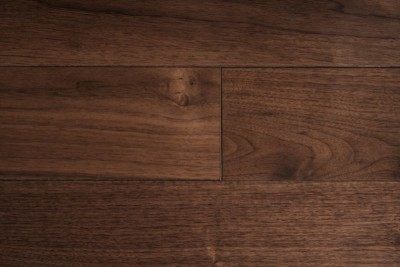
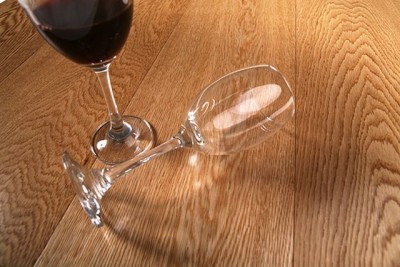
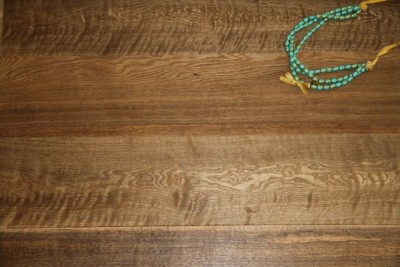
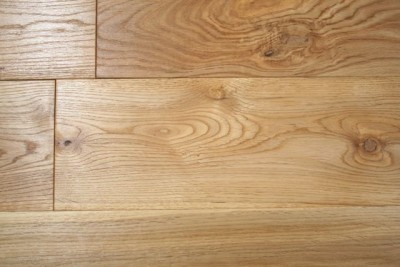
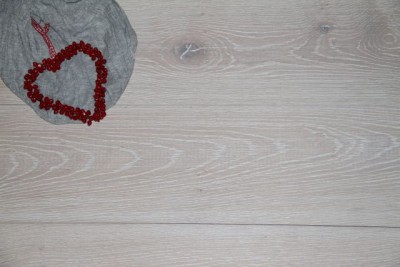
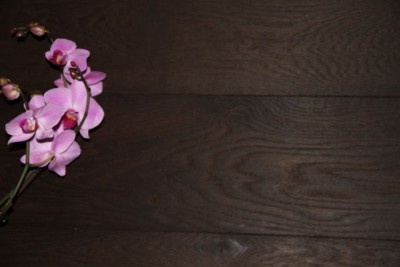
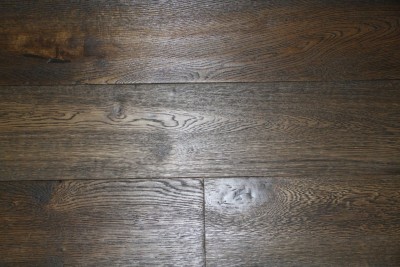
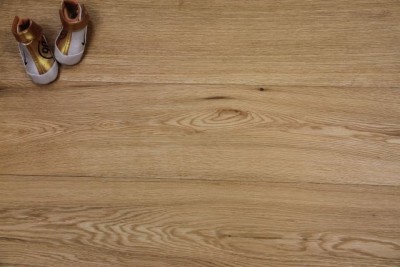
 RSS Feed
RSS Feed
